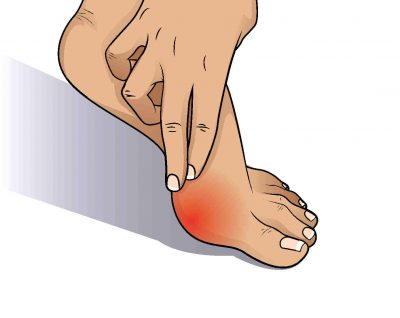What Is A Bunion?

A bunion is generally characterized by a painful bump on the side of the big toe, however, it is actually much more complicated than that. The “bump” is the interior bones in your foot beginning to protrude as they move out of place, progressively worsening over time. Much like the movements of an airplane (i.e. pitch, yaw, and roll), a bunion deformity functions very similarly becoming rotated, raised, or skewed. This ultimately causes incongruence of the great toe joint and clinically appears as a painful bump with the big toe turning inwards into the second toe. This deformity is progressive and can worsen over the course of a patient’s lifetime if not appropriately treated and addressed.
What Causes A Bunion?
There are many different causes that are attributed to bunion deformity. While most people tend to think that it is due to their genetics, bunions can be a consequence of one’s faulty biomechanics and gait cycle among other causes. Wearing ill-fitting shoes can exacerbate the problem and give the patient the impression that the bunion deformity is worsening due to increased pain and discomfort. Females also tend to have a proportionally higher incidence of bunion deformity in comparison to males.
Symptoms Of Overgrown Bunions
Symptoms can vary from patient to patient. They can include:
- Numbness, tingling, and burning on the side of the great toe
- Pain moving through range of motion of the great toe
- Pain and discomfort in certain types of shoe-gear
Non-surgical Treatment
Once x-rays have been obtained in the office and a bunion diagnosis has been made, there are several options for non-surgical treatment in order to alleviate pain and delay the progression of the bunion deformity.
Rest, ice, and elevate
Simple but effective when it comes to treating a foot ailment.
Wide toe-box shoes
This is meant more for accommodating the enlarged bump and alleviating discomfort.
Medication
Anti-inflammatory medication is sometimes indicated to provide temporary relief. Speak to your physician before beginning any sort of medication on your own.
Injection
Not typically utilized in the treatment of bunion deformities. If there is a painful bursa that forms, a corticosteroid injection can help shrink the bursa and provide temporary relief.
Custom orthotics
Recommended to balance the foot’s biomechanics and allow joints and osseous structures to function more appropriately. This tends to slow the progression of the bunion deformity.
Surgical Treatment
Surgery is generally recommended when other forms of treatment have been unsuccessful.
There are many different types of surgical procedures for treating bunions. Generally, the procedures are designed to restore the alignment of the 1st metatarsal in all three planes, excise the painful bony bump as needed and restore the appropriate soft tissue balance. Depending on the surgical procedure performed, the patient will have different recovery periods. Your surgeon will take various factors into account including your age, the severity of deformity, activity level, and lifestyle to provide the procedure that will benefit you and provide the best clinical outcome.
Bunion Treatment In Algonquin, IL
As with all medical issues, the sooner you have them examined and treated, the easier the process will be! If you are experiencing pain, discomfort, or think that you may have bunions forming, reach out to the professionals at Foot and Ankle Specialists Of Illinois for a consultation and we will relieve you of your foot pain.

